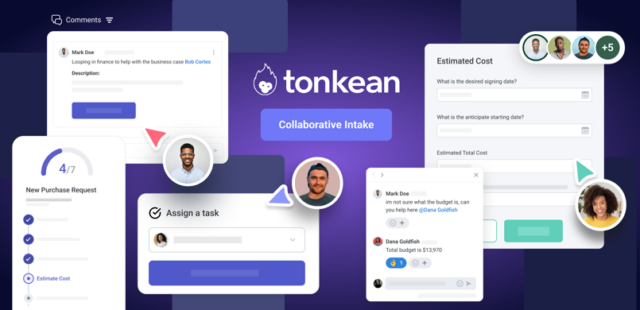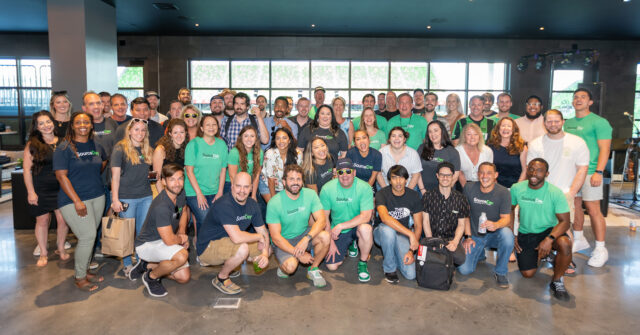“This is the golden age to be in procurement.”
Keith Hartley, CEO of LevaData, doesn’t hold back.
Similar to his passion for surfing, he is constantly on the lookout for the next challenge to tackle. The company he leads is an integrated, AI-powered supply management software platform that is transforming direct material sourcing by helping companies reduce costs, mitigate risk, and accelerate new product development.
Given the trajectory of the procurement function’s journey over the past 10 years, few could doubt the change the space has seen. Indeed, procurement was once a back-office function siloed out of sight, but today it stands front and centre in business operations as a key cog in the machine. Hartley recognises that while it is an exciting time, procurement is still a laggard and restrained. “I would say we’re woefully behind in procurement,” he admits.
“The function’s teams are typically not ones to raise their hand and demand the tools they need to do their job. If you’re a salesperson and you work in a Customer Relationship Management system, it’s a given you need a system to do your job, and if you’re in finance, it’s a given you need an ERP system. When you turn to procurement, there’s not widespread acknowledgement that you need a tool like LevaData to do your job.”

Powering smart supply chains
LevaData powers the smartest supply chains in the world by constantly analysing business objectives against real-time market activity and community intelligence. The company is trusted to deliver improved margins, control risks, generate new product velocity, and achieve multi-tier supplier engagement with purpose-built tools for quick collaboration and decisive actions. LevaData creates a competitive advantage with transformational and predictive insights. “What we are replacing are spreadsheets and emails, but some major companies are still 100% reliant on them,” discusses Hartley. “It’s an antiquated way of doing business. Macroeconomic shocks aren’t new, and obviously Covid was a significant one. With these shocks in the global supply chain, you must understand the impact on your specific business.”
Hartley speaks to how at the end of the day, companies still need to make a profit. “It’s about finding alternative sources of supply and buying the parts at the right price. These are challenges that don’t go away; in fact, they were heightened during Covid and have continued with ongoing geopolitical tensions. The reality is there are always macroeconomic shocks that cause supply to be constrained and prices and lead times to be variable. This has a direct impact on how organisations deliver results and drive revenue growth. Covid really heightened the need for companies to get this workflow in order, and that’s what LevaData has been addressing. The procurement people have been thrust into the light. If they don’t have the tools they need, then they’re stuck. The job is incredibly complex, and procurement needs all the help it can get in today’s world.”
The arrival of generative AI
As generative AI continues to emerge in conversations in procurement and beyond, its rise has caused much excitement within organisational structures. Indeed, OpenAI’s ChatGPT’s launch in late 2022 has only amplified this conversation, with many eager to harness the benefit of efficiency and cost savings as quickly as possible. But just because it’s new, does it make it right?
“It’s early days. It’s mostly hype so far in terms of how it’s being adopted and brought forward, but I’ve never seen a faster accelerated hype cycle than gen AI [has] right now,” explains Hartley. “LevaData is a leader in AI and is using it in two areas of our product. We’re still in the early infancy of AI and what it can do. We use AI to help us contextualise all the different data sources. We take over 154 data sources and blend them. This is data that doesn’t make sense together. Most data-heavy people tap out at about 12 or 14 data sources because the mathematics gets so complex. The complexity has kept the indirect procurement providers away from this space.
“The second part where we use AI is where we identify parts based on savings potential. There’s a lot of potential for the generative piece incorporating an even larger number of data sources. This is huge. AI is going to change a lot and will take some time, but I’ve never seen such a rapid hype around AI before.”
Procurement’s golden age
Looking ahead, Hartley is full of optimism and enthusiasm for procurement’s future and believes we are entering the “golden age.” “The best part is that we’re just at the very start,” he explains. “If you’ve been in indirect procurement for the past 50 years, you’ve been wowed by Coupa, JAGGAER and Ariba, as they have sold the world on the benefits of source-to-contract and procure-to-pay workflows. That works well for indirect procurement, when you are buying pencils, chairs and laptops in volume. But the more complex workflow of sourcing direct materials, the very materials that you turn into products to sell in the market, has largely gone unnoticed. Fortunately, companies have realised the direct sourcing opportunity, and started investing in AI-powered tools like LevaData.
“Legacy spreadsheets and email should no longer be the de facto standard for direct material sourcing. With the convergence of AI, big data, and analytics platforms, procurement professionals can be the heroes they and their company deserve. The next decade is going to be a wild ride in procurement.”











